Health Canada’s Self Care Products Consultations
As many of you may know Health Canada is holding consultations with a view to the possibility of changing the regulatory procedures surrounding self care products which are more traditionally known as cosmetics, natural health products, over the counter drugs and, in some instances, foods. The concept is to administer the regulatory regime surrounding these products on the basis of risk, i.e. lower risk, medium risk and higher risk. So far as most consumers are concerned, their highest consumption would be in the lower and medium risk categories.
Consultations have been going on across Canada and I have attended a couple of them. Firstly, I must express my relief that it is not me who must conduct these face to face consultations as I am fairly certain that I would not have the patience to do what Health Canada is doing. It is easy to criticize bureaucrats, and rare for them to receive praise, but that is exactly what they deserve at this stage. These consultations are being conducted with empathy, tolerance and an open-mindedness that is rarely seen in dealing with government officials. While we will wait to see the final result, Health Canada appears to be conducting the consultative process with sincerity and with what appears to be a genuine interest in simplifing the regulatory process without endangering the health of Canadians.
Because the consultative process involves so many diverse interests within society, it is also giving these respective parties an opportunity of hearing others expalin their varying points of view, which they would otherwise likely not hear, at least not first hand. Sympathy for a person’s individual circumstance however, does not mean that the whole regulatory system has to be adjusted to that one purpose. Also, when one is considering alternatives, we would still like to think that common sense and practicality will apply.
There are certain proposals which may look good on paper but require some more serious thought before implementation. For example, adding additional verbiage to a package may not actually result in any substantive information being conveyed to a consumer but will definitely result in larger packages, more wasted fill space, a greater burden on the provincial stewardship programs and more pressure from environmental departments and agencies. Adding additional identifiers onto a package will serve no purpose if manufacturers, distributors and retailers where that information will not assist recalls or stop sales. Adding additional information which has little to no practical application is not an area where resources should be directed.
Health Canada’s consultations and discussions have now eneterd their second stage, and I for one applaud these efforts and look forward to both participating and seeing the ultimate results.



